
FM the way it was
meant to be heard.
FM synthesis exploded the sonic palette of keyboardists and producers almost overnight.
Going where analog doesn’t, it’s still one of the most versatile approaches to sound-making there is. But musicians found the original DX difficult to program and lacking in real-time control. DX7 V amps up the advantages, loses the limitations, and adds tons of functionality that put it right at home in a modern music making rig.
Back to the...
Need to nail that ’80s chart-topping sound of Sting, Tina Turner, or anything that happened within a mile of David Foster? DX7 V has you covered.
Cutting Edge
Struck, plucked, and bowed sounds were the DX’s specialty, as were percussive keyboards like EPs and Clavs. Hear that FM edge rendered with loving precision.
Digital Personality
From FM classics to lilting pads and sparkling motion-synth soundscapes, listeners will wonder how you got “that” sound.
Well Behaved
Expanded with tons of tempo-syncing and MIDI mapping features, DX7 V’s classic sound fits into the modern workflow without a hitch.

Music for the
Masses
FM easily produced sounds that eluded analog synths.
When the DX made it affordable, everybody wanted one — and pretty much everybody got one.
Once the exploratory genius of a Stanford University professor met the marketing savvy and production capacity of the world’s largest musical instrument maker, keyboards would never be the same again. After its introduction in 1983, it would go on to sell over 200,000 units and define countless sounds from the ‘80s and beyond.
FM is a simple idea at its core: audio-rate modulation of one waveform by another. But it was Dr. John Chowning of Stanford University who made FM viable as a synthesis method all on its own. His work proved that by carefully tuning the modulating waveforms, you could duplicate the harmonic profiles of all sorts of acoustic instruments.
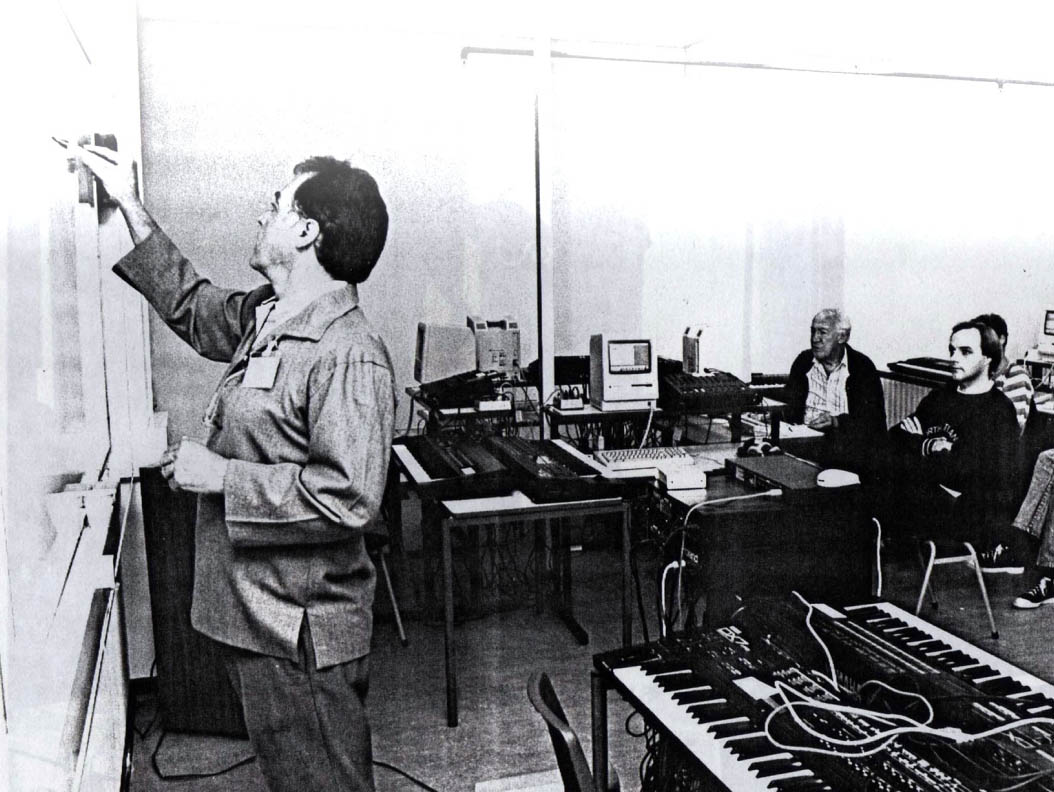
Yamaha® licensed the technology from Stanford in the mid-’70s, leading to 1980’s massive GS1 - with its piano-like cabinetry and green-screen programming terminal - co-developed with Dr. Chowning. New England Digital had also re-licensed FM from Yamaha as the basis of their first Synclavier systems. The word spread through the synth industry: Digital was the future.
Making FM patches editable in an affordable way was a hurdle in reaching the pro synth market. With its membrane keyboard and Data Entry slider, this is what the DX7 achieved in 1983. Importantly, it did so for almost $2000, offering six FM operators, 16 notes of polyphony, a velocity- and aftertouch-sensitive keyboard, 32 preset locations, and expanded sound banks on memory cartridges. That leapfrogged analog synths on specs alone.
Factory presets by Gary Leuenberger and David Bristow showed how realistically the DX7 could produce electric piano, mallets, harmonica, slap bass, and more. These sounds anchored seemingly every song on the pop charts after 1983. Weekend bar band keyboardists could now afford the same instrument as the artists they covered. Once you played a DX, you had to have one.
To hit that sub-$2,000 price, corners were cut. For example, the operators produced only sine waves and shared a single envelope. Some players lamented the lack of knobs and real-time control. DX7 V uncuts all those corners, making a synth of ’80s dreams part of your creative reality.
A different breed
of synthesizer
DX7 V delivers a faithful recreation of the instrument that brought the unique sound of FM digital synthesis to the masses.

Operators
The DX7 V’s six signal generators - called operators - can be used as carriers or modulators. Each operator consists of a simple oscillator with its own frequency and level controls, plus a dedicated envelope-controlled amplifier. Generally speaking, the carrier’s envelope affects amplitude while the modulator’s envelope changes the timbre, with optional keyboard tracking adding the final realistic element of timbre changing with pitch, like an acoustic instrument.
Modulation
The timbre of an FM sound is very dependant on the relationship of the carrier and modulator operators. When the modulator frequency is under keyboard control, its frequency ratio to the carrier determines the basic harmonic profile of your sound, with integer ratios producing more recognizable waveforms and the fractional ones typically resulting in more clangorous, inharmonic ones. Modulator amplitudes also affect timbre, with higher frequencies generally yielding brighter sounds.

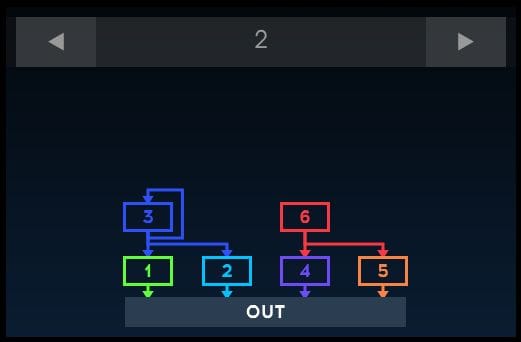
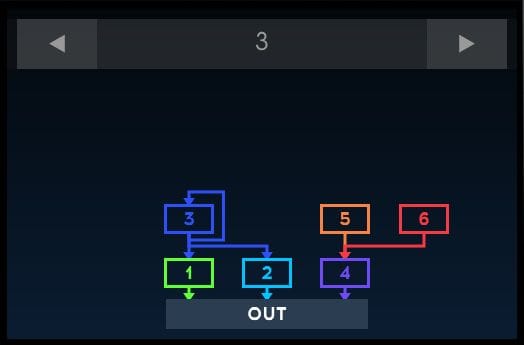




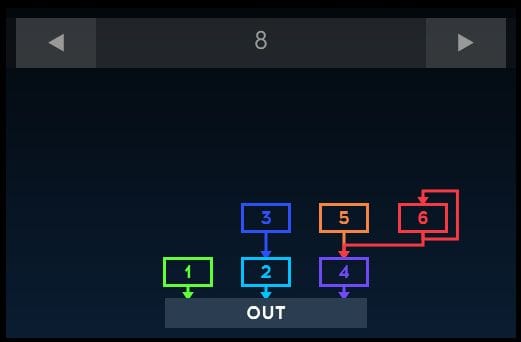
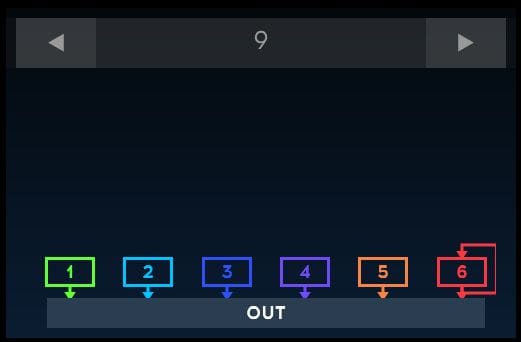
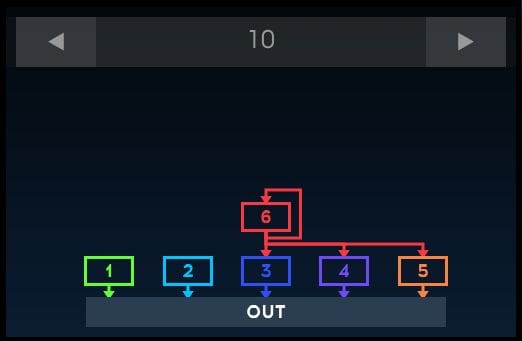




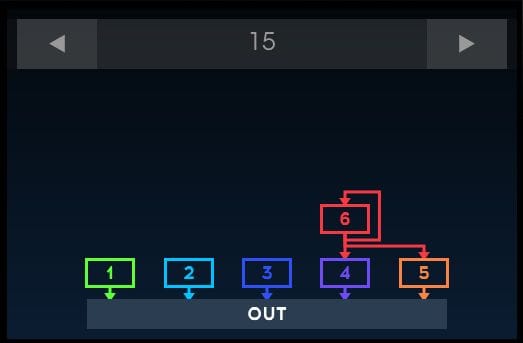

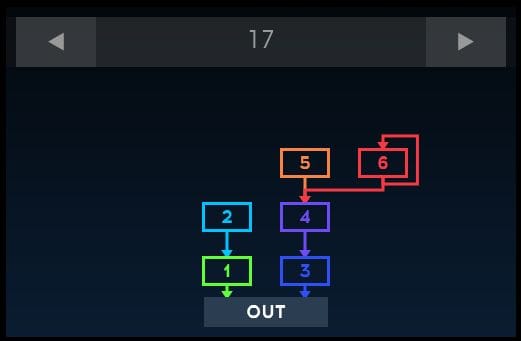
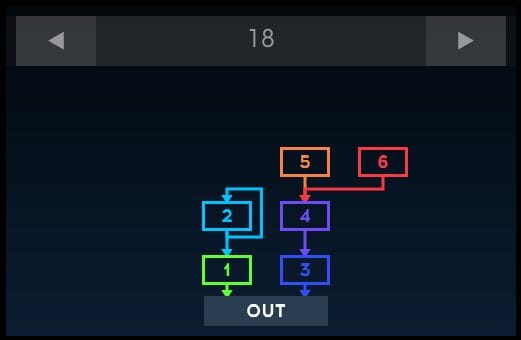

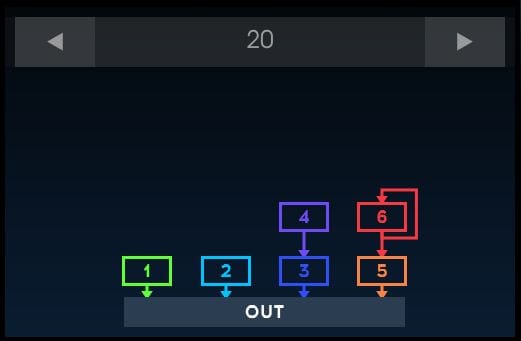
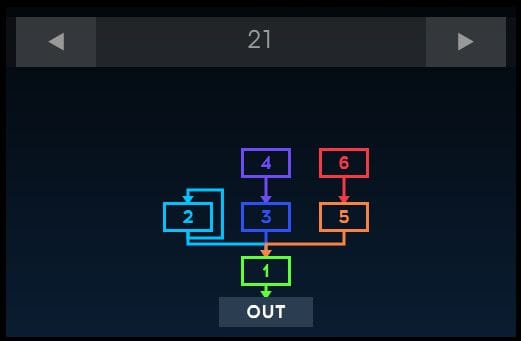

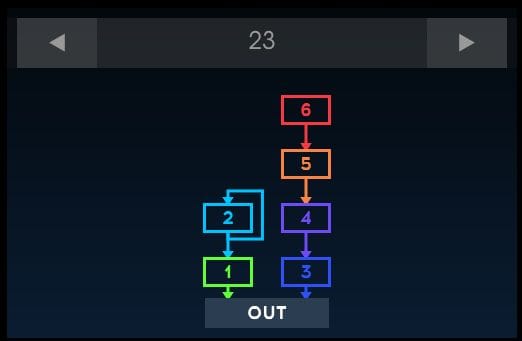
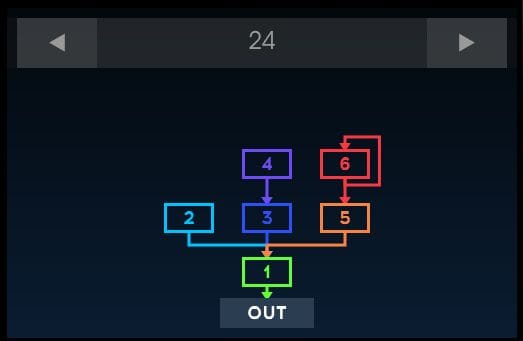
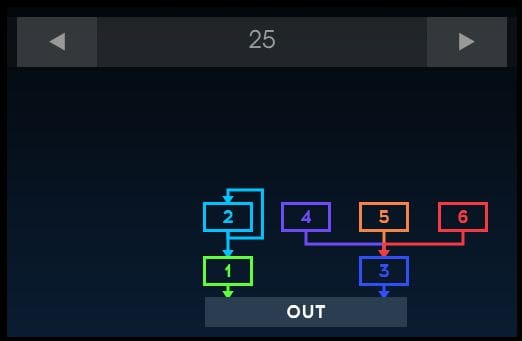
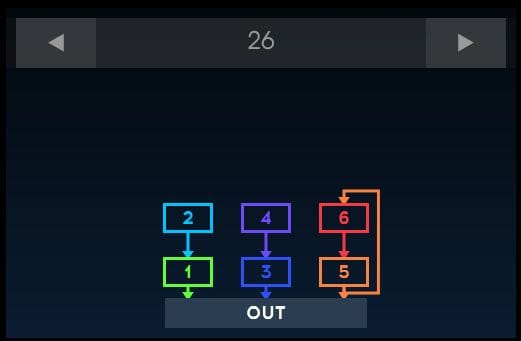


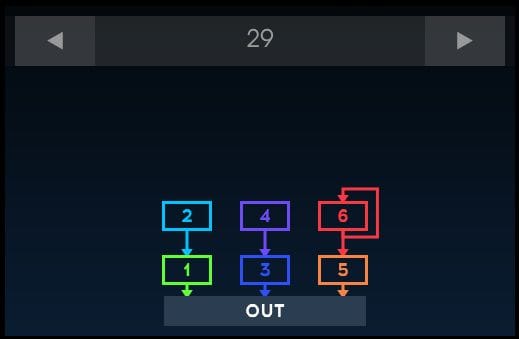

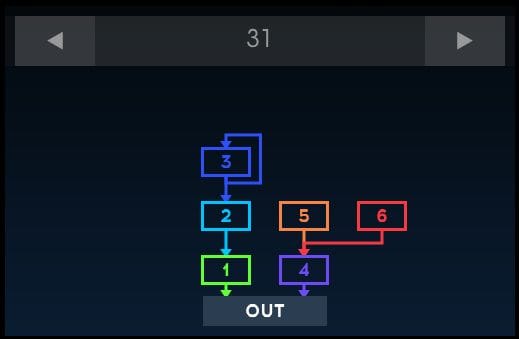
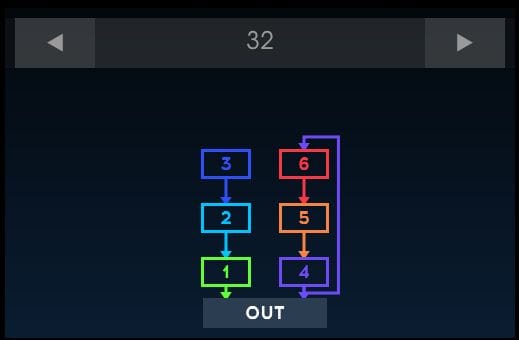
Algorithms
A selection of 32 algorithms determines the architectural relationship of the DX7 V’s six operators as carriers and modulators. These familiar foundations are perfect ready-made starting points for creating and modifying sounds beyond recognition. On top of the carriers’ direct connections to the output and the modulators’ various results, some algorithms also provide a feedback loop, conjuring anything from raspy effects to full-blown distortion.
FM Made
Easy
All the sound of the hardware.
All the real-time control it never had.
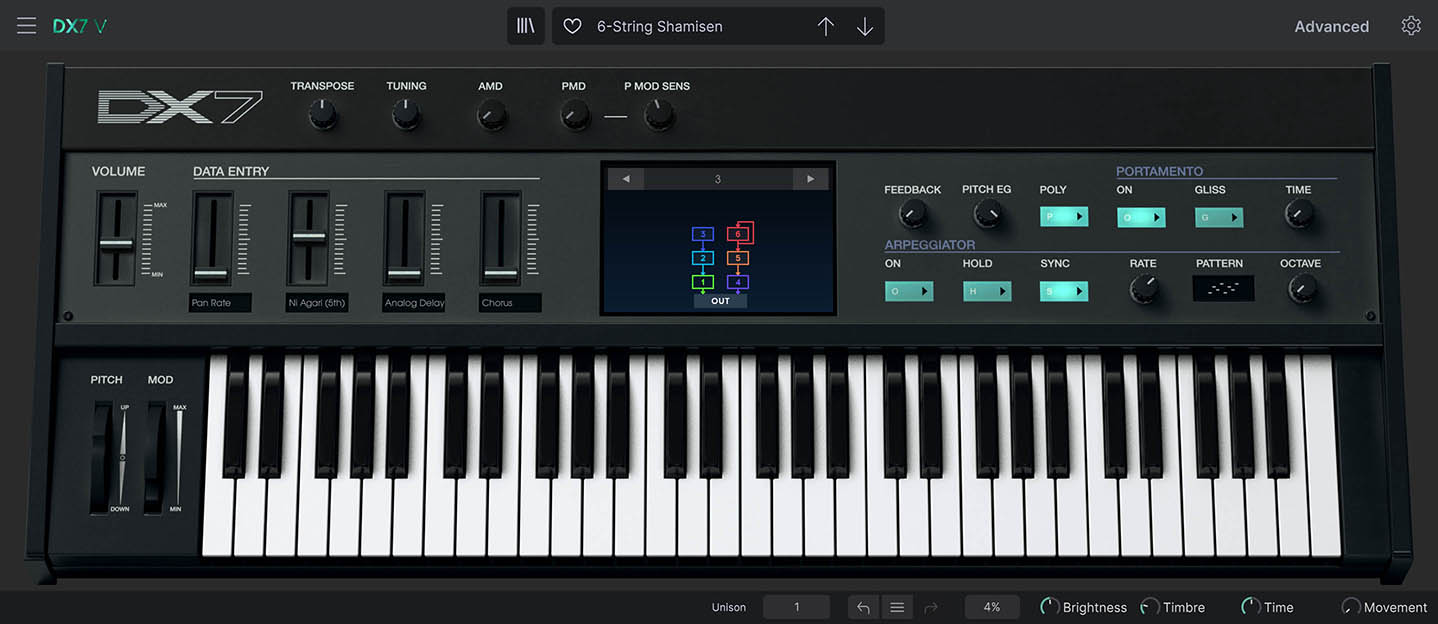
_1
_2
_3
_4
_5
_6
01. Digital ’Rithm
Quickly select or step through the original 32 FM algorithms. Operators are color-coded to simplify editing.
02. Analog Control
Make bold performance gestures in a single move with the Data Entry sliders, which control multiple assignable parameters at once.
03. Global Group
Synth-wide settings like tune, transpose, and depth of pitch and depth of pitch and amplitude modulation are always available.
04. Quick Edits
Set the amount of the tone-defining FM feedback loop, as well as the pitch envelope depth, here.
05. Just Glide
Players loved the DX’s polyphonic portamento, but you had to dive into a menu to use it. In DX7 V, just turn it on and tweak the time.
06. Ups and Downs
Add riffs and motion with the multi-pattern, tempo-syncable arpeggiator — a feature not found on the original.
DX on
Steroids
More waveforms. More envelopes. More modulation. Filters and FX. In hardware, these features would have made for a five-figure synthesizer.
Having just one slider and a bunch of buttons made programming the original somewhat tedious. Electronic music pioneer Brian Eno even built a custom knob controller to get at every parameter of his DX7 at once. With DX7 V, there’s not only more of everything, but our interface also makes it easy and fun to control.

Hear it
in action
Like with so many classic synths, we now say the DX “has a sound.”
Ambient
DX Demo
Electronica
Funkit
Hi-breed
Winter in Summer
Presets
Part of what made the DX so recognizable is that even the pros tended to stick to factory presets rather than learning to program it.
DX7 V presents no such obstacles, so our world-class sound designers went to town creating 540 Presets covering every instrument type and musical style imaginable. After listening to these, download the free demo and play them all!
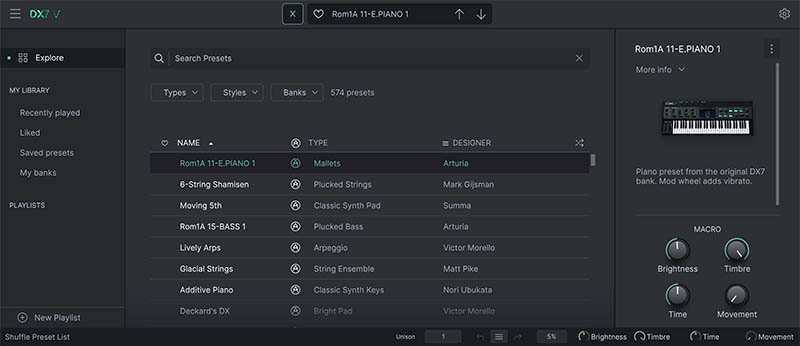
Artist
Corner
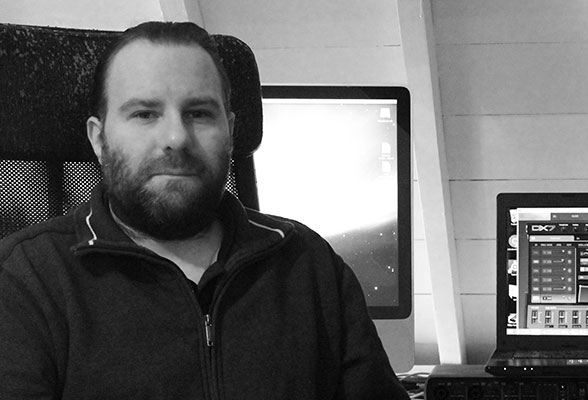
Mark Gijsman
"There is so much creative potential"

Allert Aalders
"There is so much creative potential"
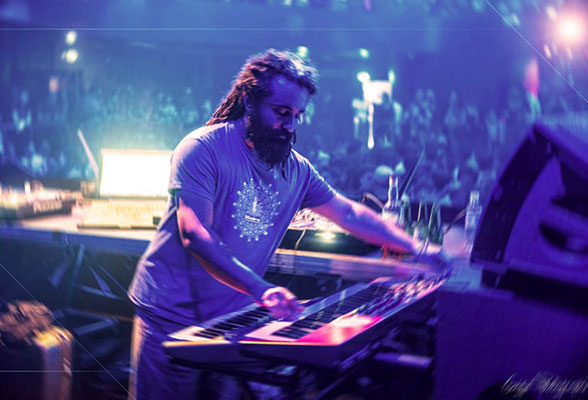
Clément Bastiat
"Simple things done well are often the best"
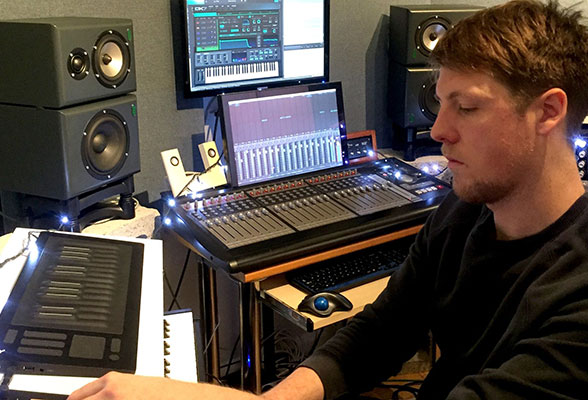
Matt PIKE
"It takes the original depth and diversifies it."
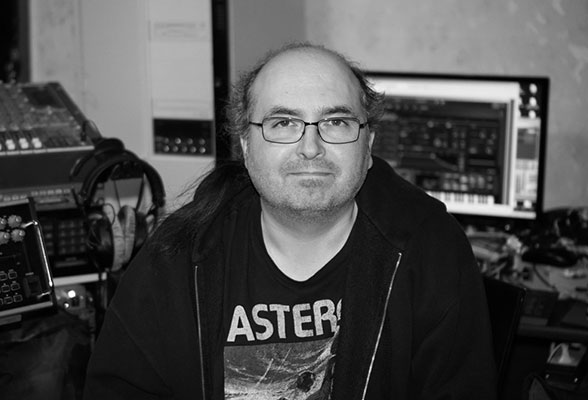
Summa
"The DX7 V is so close to the original"

Mark Gijsman
"What made the original DX7 special in my opinion is that it sounded like nothing else out there, it was ahead of it's time, it is a very dynamic synthesizer. The DX7 V expands on the original, not only the new waveforms but also the inclusion of the modulation matrix, in which this instrument is in a league of it's own. The coolest thing is that the YM3812 sound chip waveforms are included, a brilliant move!"

Allert Aalders
"I have to admit, when I first heard the DX7 in the 80s I hated it. I though it was cold and it couldn’t do what a Prophet or a Jupiter could. Then I started studying music technology at Utrecht School of Arts, and Ernst Bonis introduced me to FM synthesis. The DX7 suddenly became incredibly inspirational, it had so much creative potential once you got your head around it! It’s a world of it’s own, there’s almost no way you could do these sounds with a subtractive synth. I love the fact that the DX7 V expands on that with a great modulation matrix, excellent new envelope generators, and great added FX."

Clément Bastiat
"I feel that the original DX7 is thought to have democratized FM synthesis, even though technically it uses a type of synthesis called phase modulation. I was pleasantly surprised to see that the DX7 V also utilizes this rare form of synthesis! I would say the main strengths of the DX7 V are its new features: the additional waveforms which greatly enhance its versatility; better envelopes than the original hard-to-predict ones; great new filters; and the Mod Matrix. All those things make it possible to do old school DX7 sounds, as well as modern PM-subtractive hybrid synthesis."

Matt PIKE
"The original DX7 opened an entirely new sonic palette to musicians with its approach to synthesis. It's routing, envelopes, and keyboard scaling options allowed for an extremely broad range of timbres, from the natural to the extreme. What the DX7 V does exquisitely is take that original depth and diversify it. The modulation matrix and alternative waveforms let you combine modular and subtractive synthesis techniques with the power of digital FM."

Summa
"In my opinion, the DX7 is what I tend to call the Minimoog of FM synths, with just the right amount of depth and complexity. Due to its imperfections, it has a wider sweet spot than most of the other hardware FM-Synths, it always seems to sound 'right', or at least 'interesting'. In a way, it's a perfect synth to get into FM."

Mark Gijsman
"Because the DX7 V can be programmed in the same way as the original, I could approach it exactly like I was programming my old DX7 Mark 1. I like to give the user a wide palette of sounds, so that no matter what genre you favor, you can always find something to use in your production. Pads and emulations of acoustic instruments are my favorites."

Allert Aalders
"First and foremost, I wanted to do a balance of “Typical FM” sounds and more organic sounding stuff. If you set modulator levels beyond a certain point you start hearing the “bessel functions” in the sound; a sort of harsh movement that’s typical of many abrasive FM sounds. Although this sound is in itself an important feature, taming them leads to a more natural quality. While programming I was looking for usability, expressiveness through the use of the velocity parameters and the macro sliders, and of course a bit of experimentation."

Clément Bastiat
"As the factory sounds of the original DX7 are already inside the DX7 V factory bank, and thousand of DX7 Sysex presets can be found online, I decided to experiment with the more modern tones available in the emulation. Most of the time I had specific sounds in mind, but I also let myself float and explore."

Matt PIKE
"I tried to free my mind from the sounds people expect to hear from the DX7, as classic presets are available online for SYSEX imports and sound fantastic on the DX7 V. Instead I wanted to push the sonic capabilities the extra features enabled and explore textural themes that felt synonymous with the era of the original synth. Some sounds came about by building new timbres, some from heavily modulating and breathing new life into classics."

Clément Bastiat
"The first thing I do is find a great operator sound, without using the envelopes or anything else. Just tweaking the ratios and making sure your first ingredient is great. From there, you can start to 'freestyle'."

Clément Bastiat
"I tried my best to cover the whole range of the sounds the machine could create. From complex percussion sequences to skull shaking aggressive bass sounds, but also softer ambient pads."

Metrik
DJ / Producer
"Love the Arturia DX7 V. It has that vintage FM sound yet can be programmed like a modern soft-synth. "
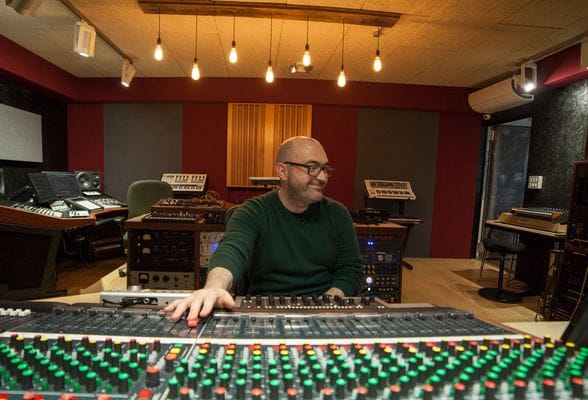
Paul Godfrey
Morcheeba
"I like playing The Doogie Howser theme with the new DX7 V. "

Paul Frazier
Arrested Development, St. Vincent, Chaka Khan
"The DX-7 was never an easy keyboard to program and I never loved it. Arturia has made me a fan! "
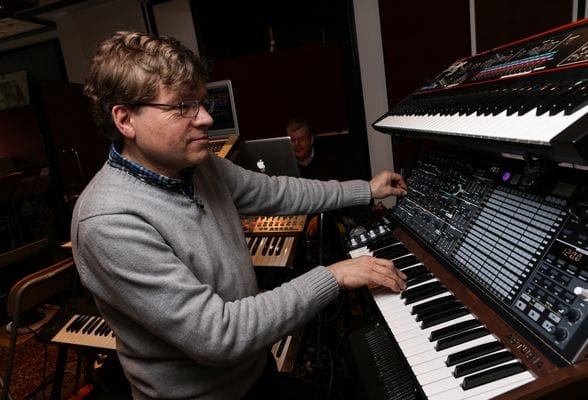
Mark Ayres
Radiophonic Workshop
"I’ve owned many Yamaha FM variations down the years and I am delighted I can reproduce them all and even load my original patches. It sounds great."
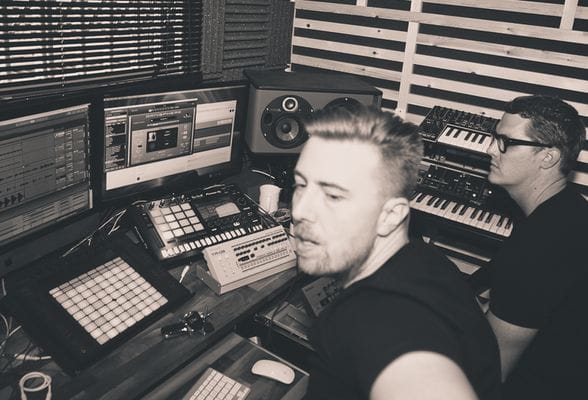
Dense & Pika
DJ / Producer
"Can’t believe how close the DX7 V is to the real thing... it is mind blowing, next level!"
Beacon
"The DX7 V retains so much of the character that made the original instrument unique and the presets are top-notch. Definitely a new regular in our toolkit."

Eren Cannata
Writer / Producer
"Arturia's DX 7 V makes me feel at home. It's amazing having the familiar sounds of the DX 7 at my finger tips, but finally easy to navigate; sounding not just as good as the original, way better."
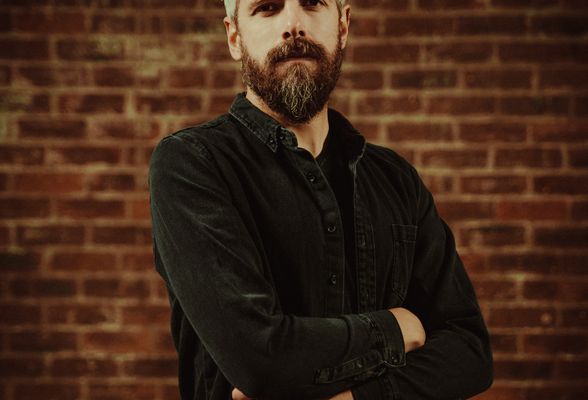
Richard Henshall
Haken
"I've always been a sucker for the synthwave sounds of the 80s. I was blown away by the quality of the tones it has to offer and the intuitive user interface made creating my own patches a walk an absolute breeze!"

Krikor
Producer
"Arturia’s DX7 emulation has become my go to synth, I don’t think I made a track without it in the last year. I can load my programs to it, its vintage DAC mode is great and it just sounds like the real deal."

Included in
V Collection 11 Pro
This instrument is part of V Collection Pro - a premium suite of software instruments designed for unparalleled sonic exploration.
From authentically modeled keyboards to hybrid synth engines and beautifully captured acoustic sounds, every instrument is enhanced for today’s production workflow - V Collection delivers the greatest keys of all time.
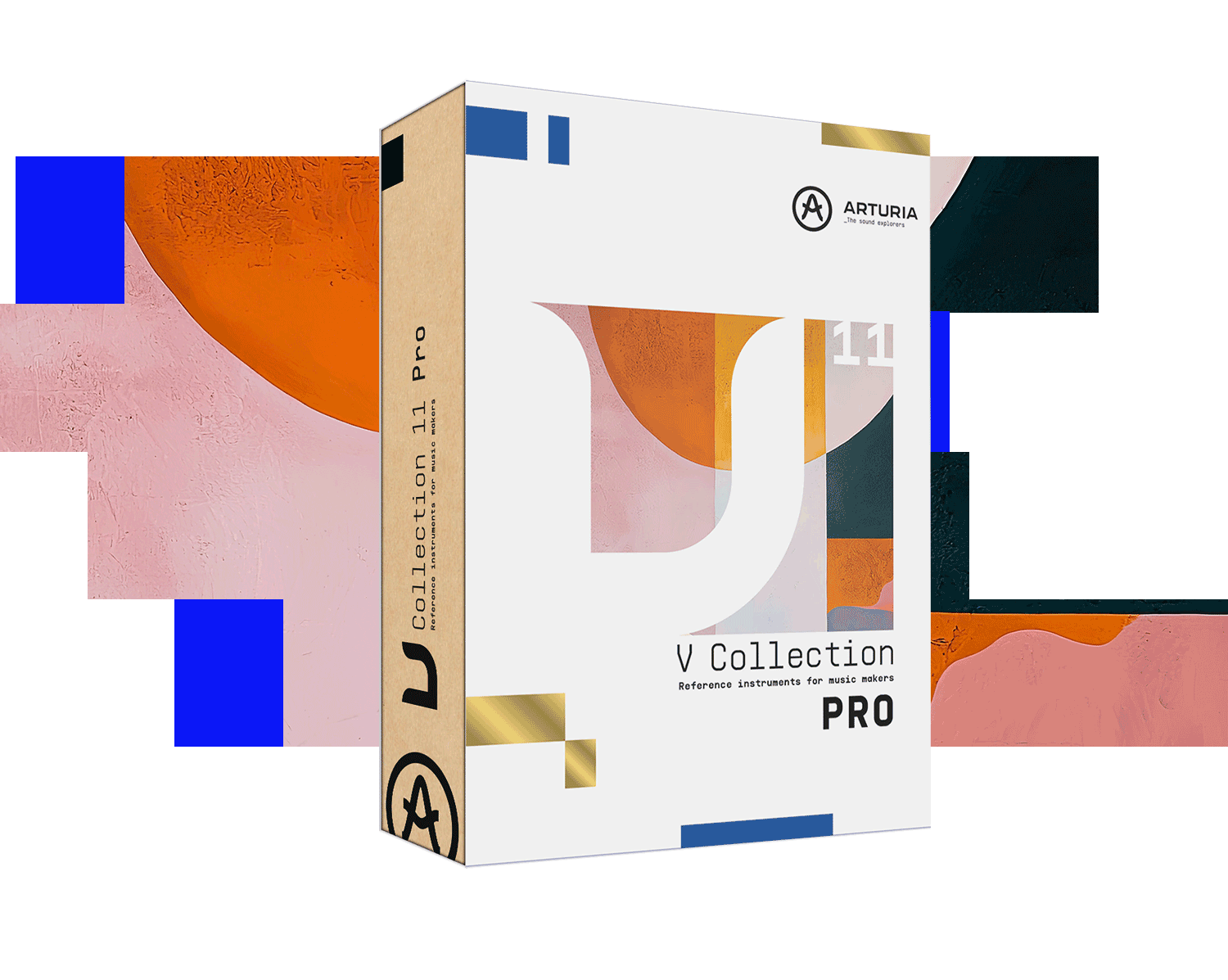
The features
you need

Gallery
Main Features
32 original DX7 algorithm
All DX7 original parameters
Original DX7 SysEx import
25 available waveforms per operators
6 Operators with multi-mode filter and feedback per operators
DX7, DADSR and Multi-Segments envelopes (syncable and loopable) per operators
2 Modulation envelopes
4 assignable macros
Advanced modulation matrix
A step sequencer, 2 LFOs with 6 waveforms and an arpeggiator
4 FXs slots that can be routed in parallel or in serie
An oscilloscope
Vintage and Modern DAC Mode for a proper emulation of the DX7 converter
32 voices of polyphony
4 voices of unison with unison detune
432 factory presets





